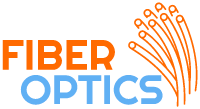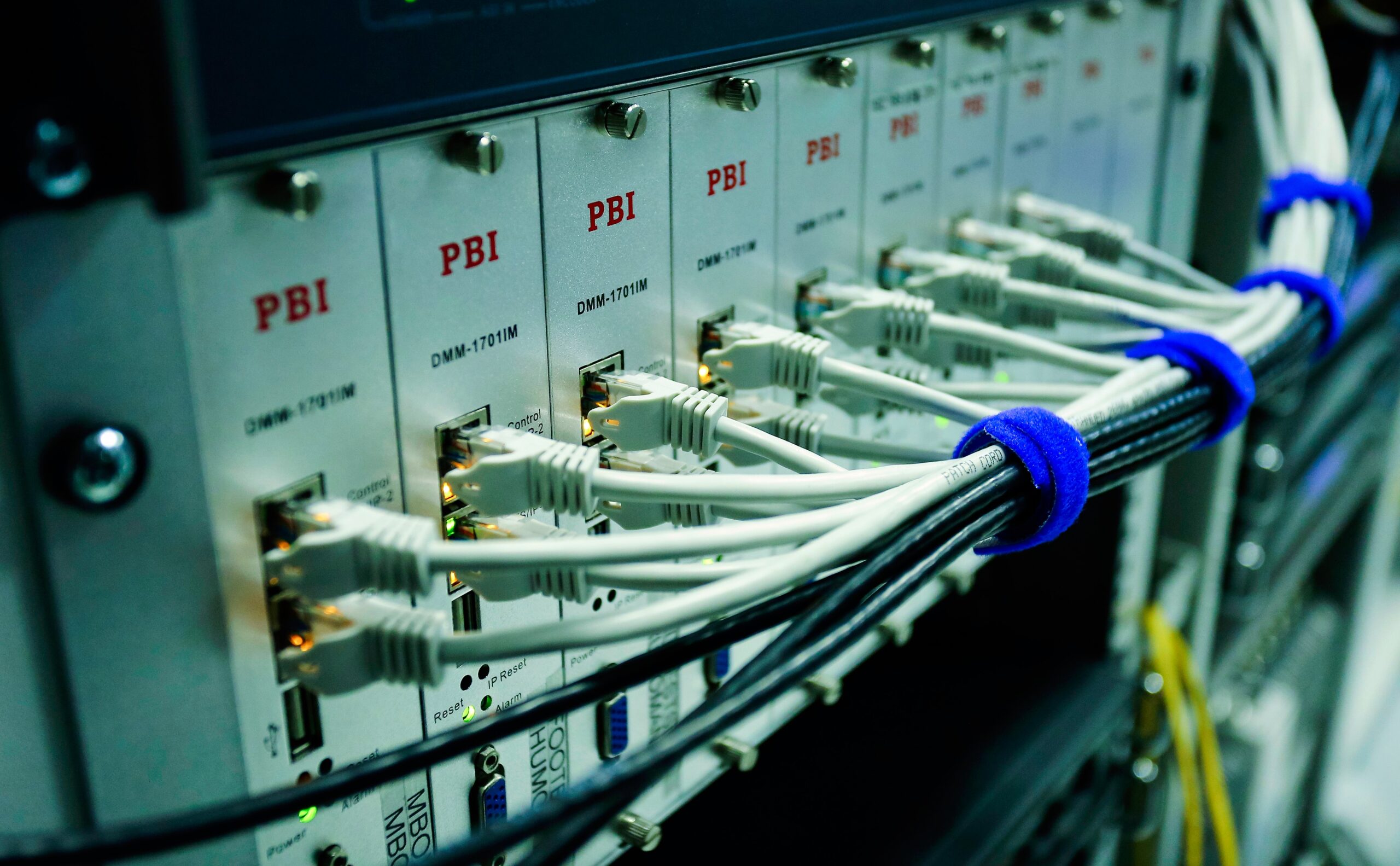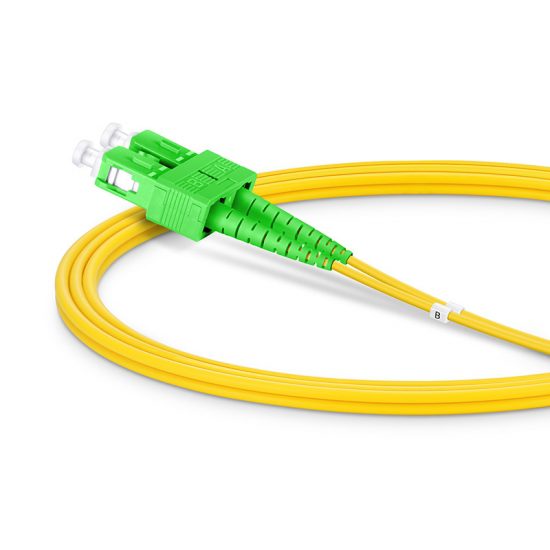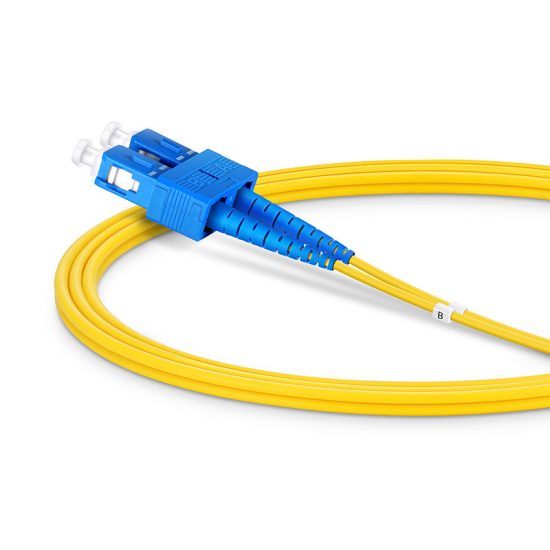What Is Fiber Optic Patch Panel?
A fiber distribution panel is another name for a fiber optic patch panel. It is used to join individual spliced fibers and terminate the fiber optic cable. Additionally, fiber patch panels, which house connectors and splice units, can offer a safe place for exposed fibers.
Types Of Fiber Optic Patch Panels
There are two categories of fiber patch panels. Both kinds can hold fiber optic cables, splices, and connectors while also managing, managing, and protecting them.
- Rack Mount Panel
A rack mount panel is one. Typically, the rack mount panel, which resembles a drawer, holds the fibers horizontally. Rack mount panels are available in 1U, 2U, and 4U sizes and can accommodate up to 288 fibers or even more. There are two types of rack mount enclosures. One has a slide-out design, while the other has a removable lid. Engineers can easily reach the fibers inside sliding panels, but it is more expensive. The lid version is less expensive, but to reach the inside, the user must remove the entire enclosure from the rack.
- Wall Mount Panel
A wall mount panel is an alternate. While a wall mount panel is intended to mount adapter panels or splice trays in enclosed wall space. They are made out of steel sheets, and light textured black powder coat is used to finish them. The inner mounting holes on these panels make it simple to mount them on any wall. They can arrange the cables and shield the fibers from contamination by dust or other foreign objects.
Optical Fiber Patch Panel Structure
Four components make up a standard fiber patch panel: enclosed chambers (rack mount or wall mount), adapter panels, connector adapters (which provide a low optical loss connection by matching the proper connections), and a splice tray (organizing and securing splice modules). On a fiber patch panel, adapters come in a variety of forms, including LC, SC, MTP, and others. In a panel, most adapters are the same type. When more than one type of fiber optic connector is utilized in a network, however, a panel with several adapters may be required.
Fiber Patch Panel Ports
The ports of a fiber patch panel are the access points through which data can enter and leave the panel. The number of these ports might range anywhere from 12 to 288 or possibly more, depending on the specific model. In point of fact, there is no limit to the number of ports that can be contained within a patch panel. You are free to fill the enclosure without compromising its structural soundness so long as there is sufficient space available.
This high-density patch panel offers an adaptable and modular solution for managing fiber terminations, connectors, and patching in any application that could require it. Because of its high fiber density and port counts, it makes the most efficient use of rack space and takes up the least amount of space on the floor. The deployment of the network, as well as moves, additions, and changes, are all simplified by this enclosure. The engineers who are in charge of the fiber termination & distribution will find this to be the ideal answer.
Fiber Termination in the Patch Panel
Pigtails or field terminations are also viable options for making the connection in a patch panel. A splice tray is required in the patch panel if it is going to employ the pigtail method of doing things. This approach typically results in the shortest connection times and offers the highest possible connection quality. The field termination for the second method is performed with a fiber optic connector. A connection for fiber optics is spliced into each individual fiber during the installation process. Although it often takes more time than the pigtail method, this technique does not require a splice tray to be installed in the patch panel.
Benefits Of Using A Fiber Patch Panel
- Every modification is made in a single location.
- As a result of the fact that any and all modifications may be done directly at the patch panel, the process of connecting various devices in a variety of sequences is simplified thanks to patch panels.
- There will be no more searching for input ports.
- A patch panel is a piece of equipment that concentrates all of the input jacks and ports in a single area. This enables devices that are installed in racks to be connected without requiring the user to shine a spotlight around behind the rack or instrument in order to locate the appropriate port.
- Helps extend the life of expensive networking equipment by reducing wear and tear
- Since all of the connections are made using the patch panel, using one also reduces the amount of wear and tear on the input ports of costly networking equipment such as servers and switches.
Connecting Fiber Optic Cable To Fiber Patch Panel
After the adapters have been inserted into the mounting plate, the mounting plate can then be secured into place. Make sure that there is enough extra cable to work with and prepare the cables in accordance with the normal methods for cable termination. After the gland has been secured, you can connect the cable by rolling the surplus fiber onto the spool. Then after, remove the protective cap from the adapter, and then put it into the appropriate position.
After all of the wires have been connected, the best way to keep them together in a bundle is to secure them using a zip tie. The connection in a normal configuration is made up of two cables: one that is shorter and is plugged into the front side of the patch panel, and another cable that is longer and is plugged into the backside. In this manner, the panel can serve as an alternative to more costly switching equipment.
Instructions To Use a Fiber Optic Patch Panel
Termination and improved cable management are the two primary advantages that come with using a fiber optic patch panel. In terms of patch panel termination, the step to disconnect fibers on the patch panel is the step in question. This step is a precise task that requires a great deal of care.
In order to effectively manage the cables for your fiber optic cabling, you need to carefully plan where all of your fiber connectivity hardware, such as fiber patch panels, will be installed. You have the option of using either a patch panel or a straight cross connection. If you decide to use fiber panels, you will also need to organize the routing of your fiber patch cords and dress them before you can proceed.
You also have the option, in the meanwhile, of utilizing fiber cable managing brackets in order to prevent the hanging fiber patch cables from interfering with your work. Having access to a fiber optic line will not only save you a lot of time and effort in the process of cabling design, but it will also provide you with a neat cabling system, which will bring you increased productivity.




